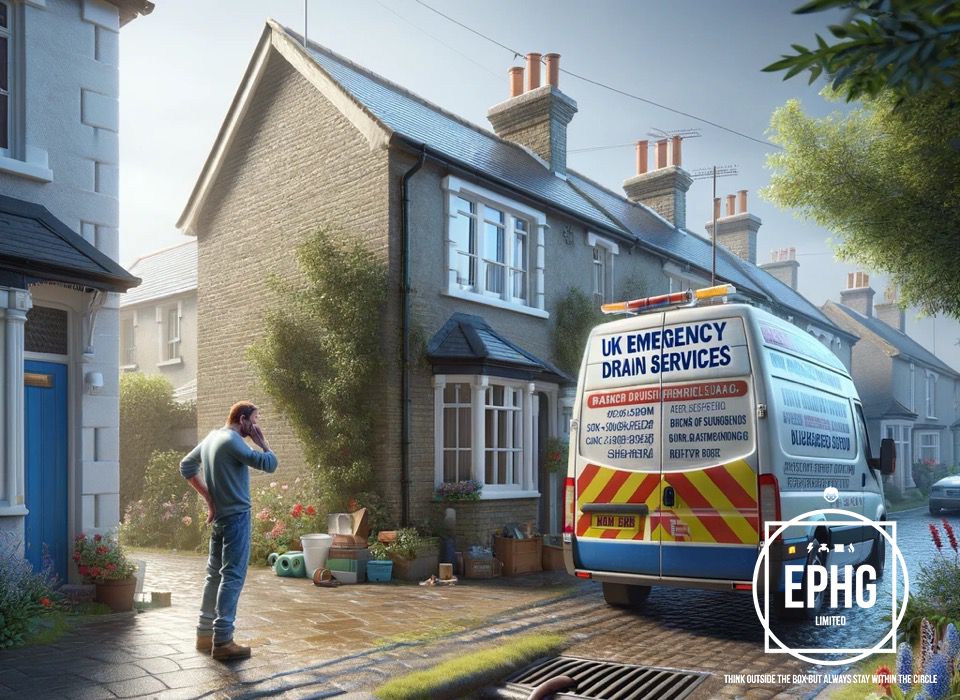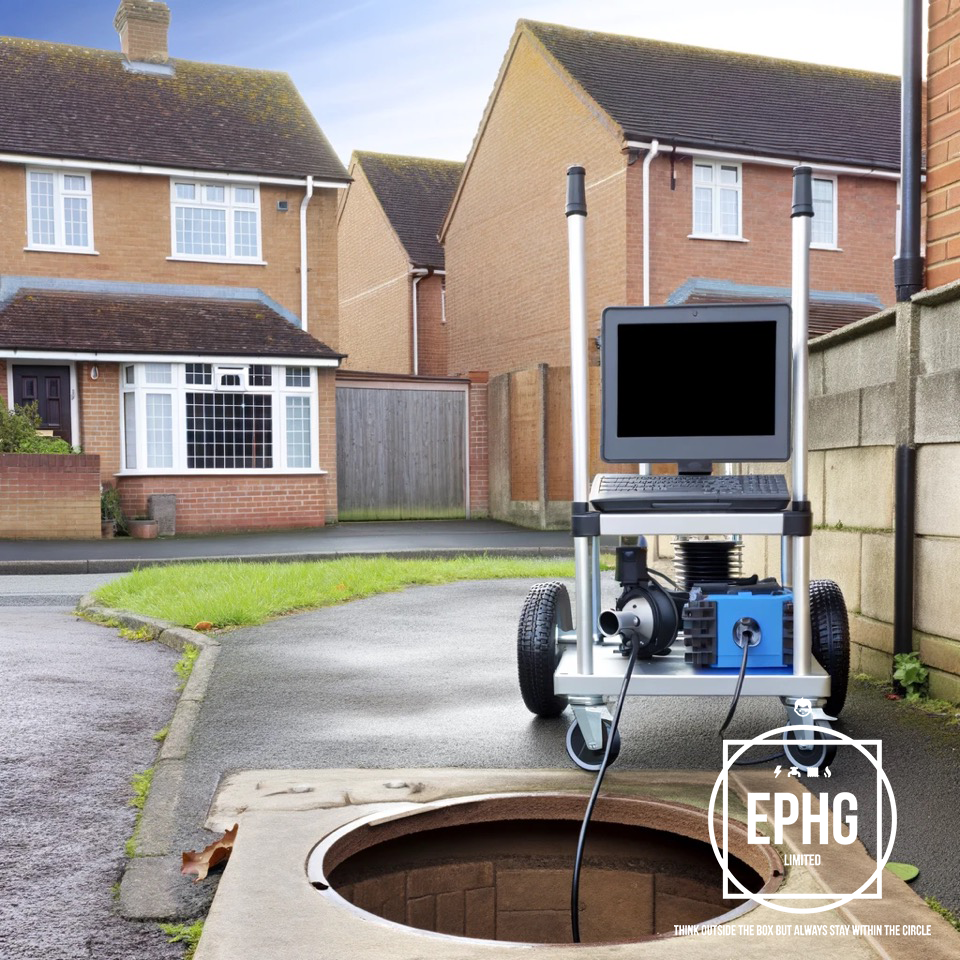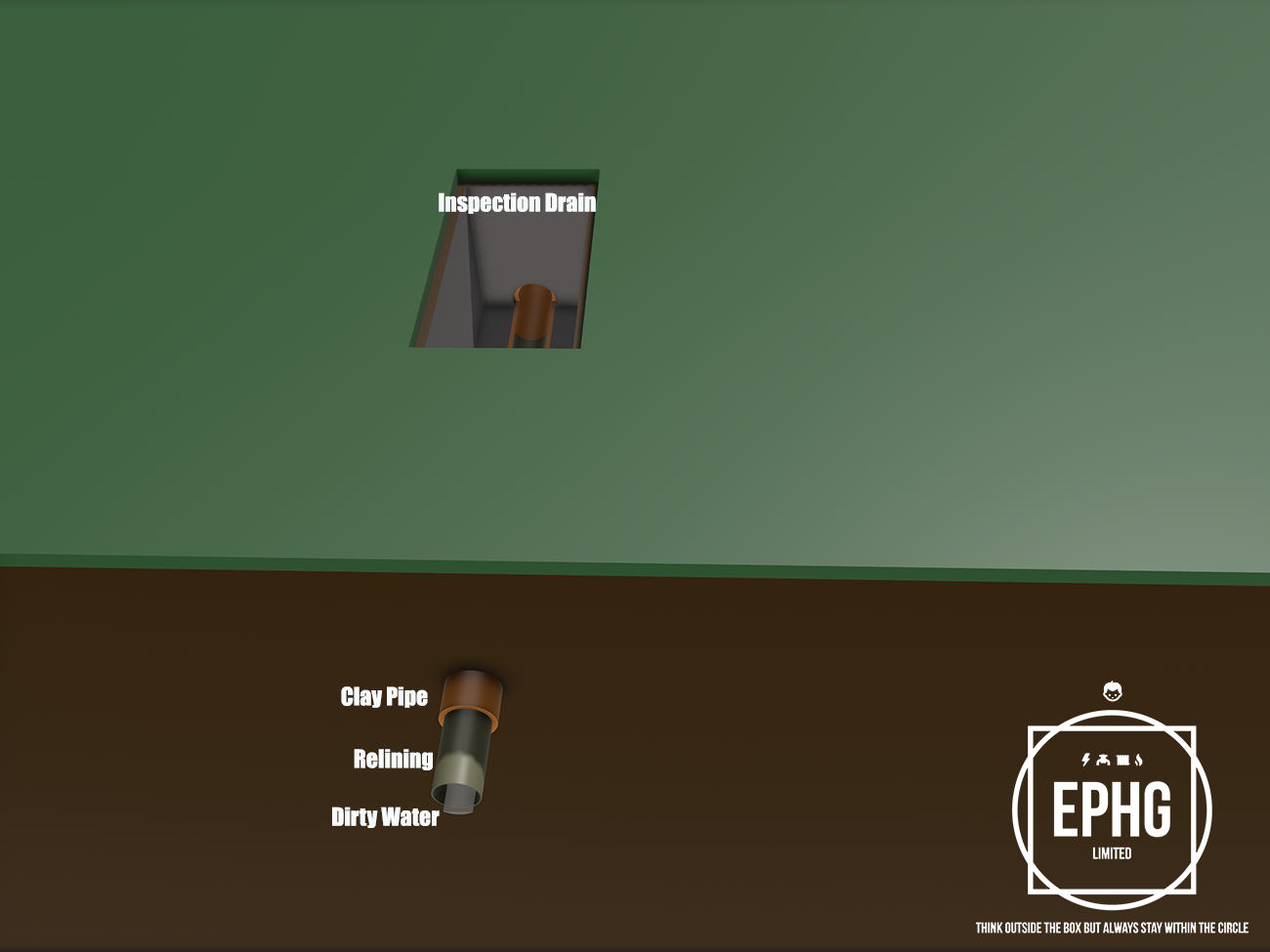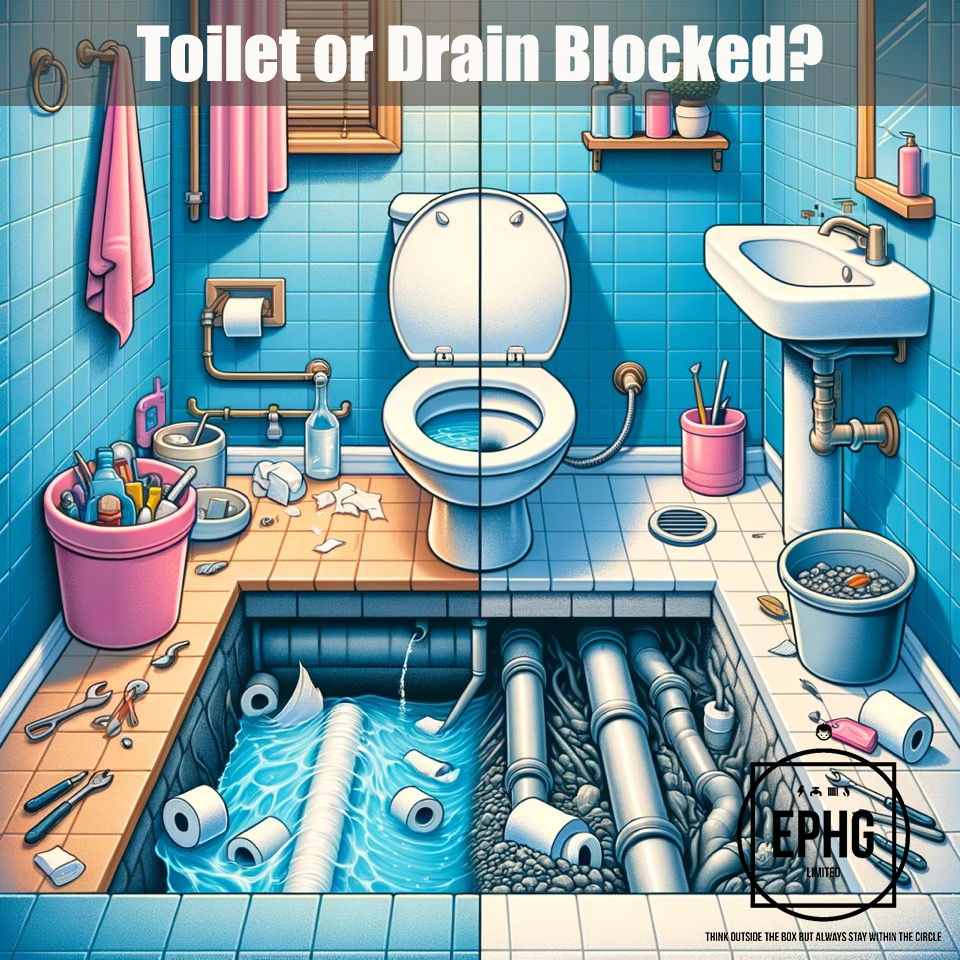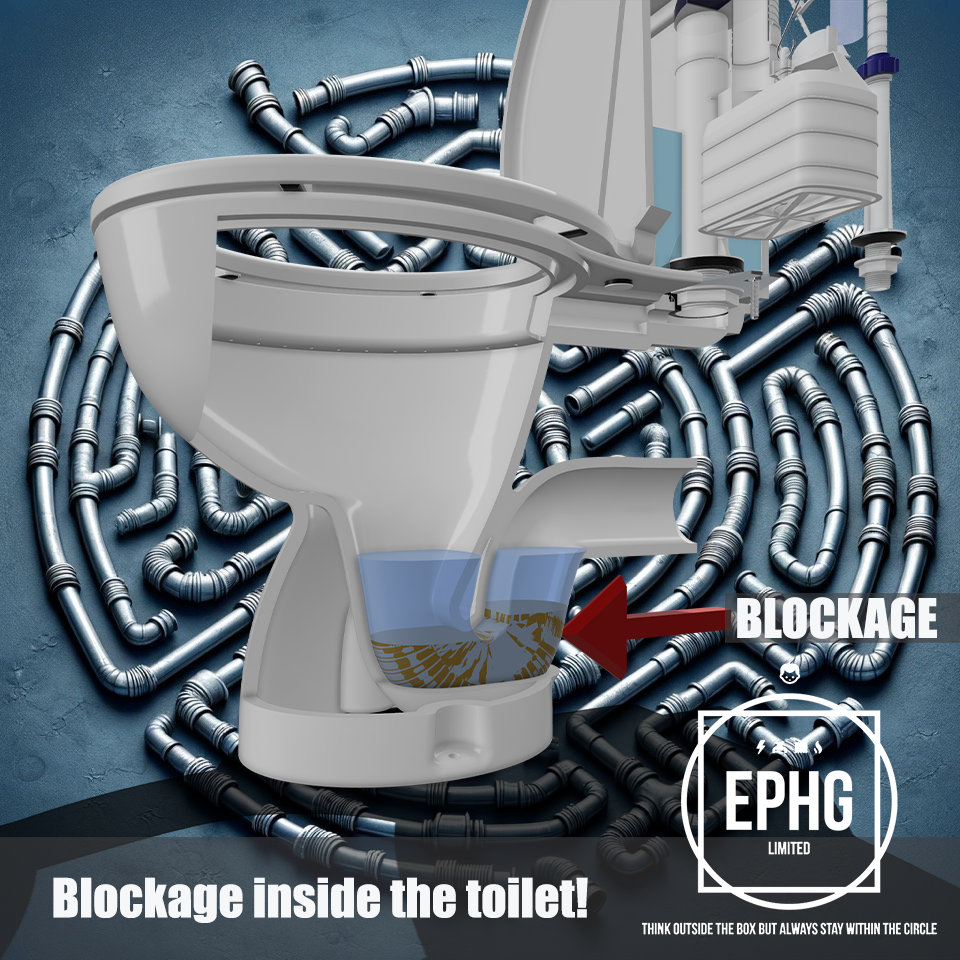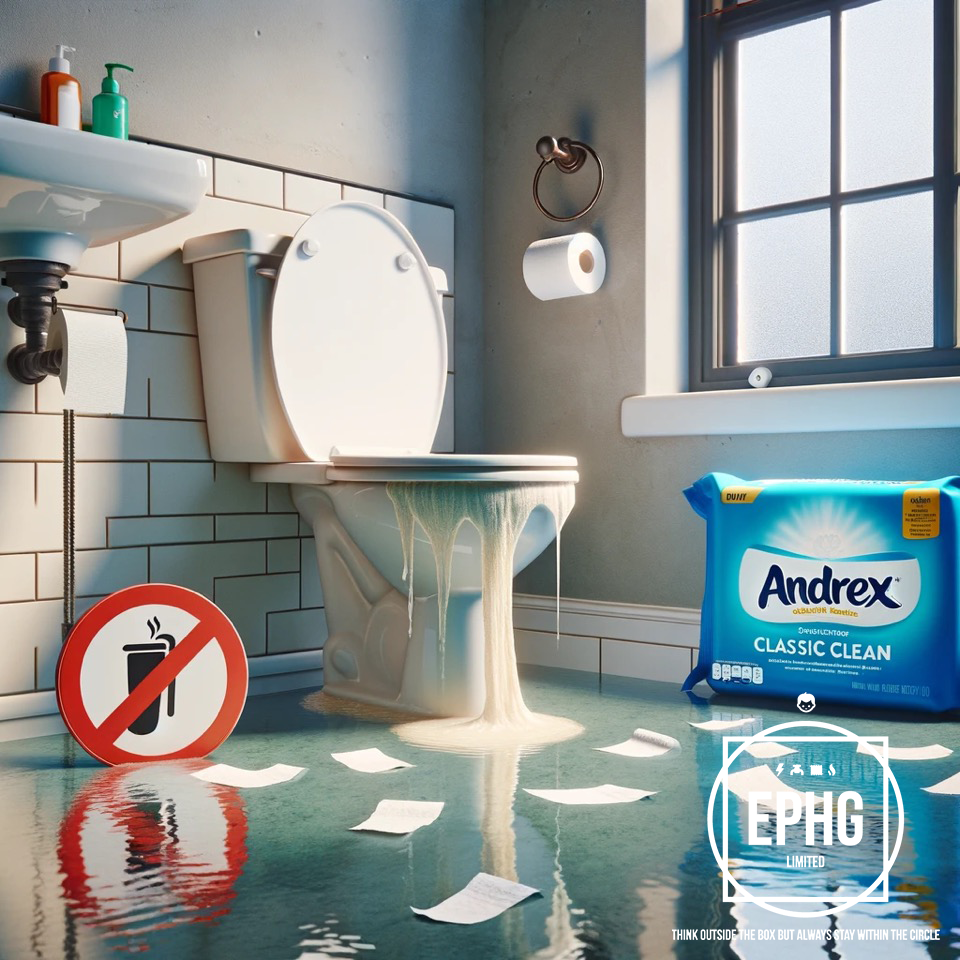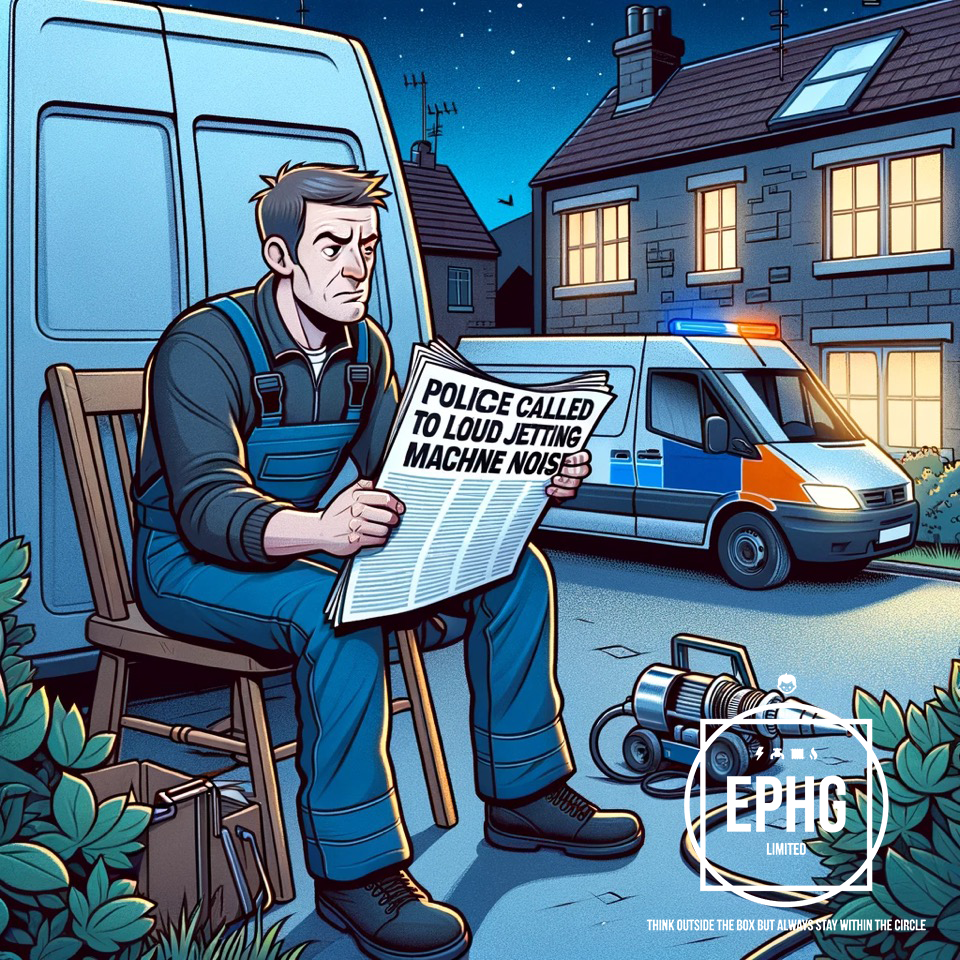
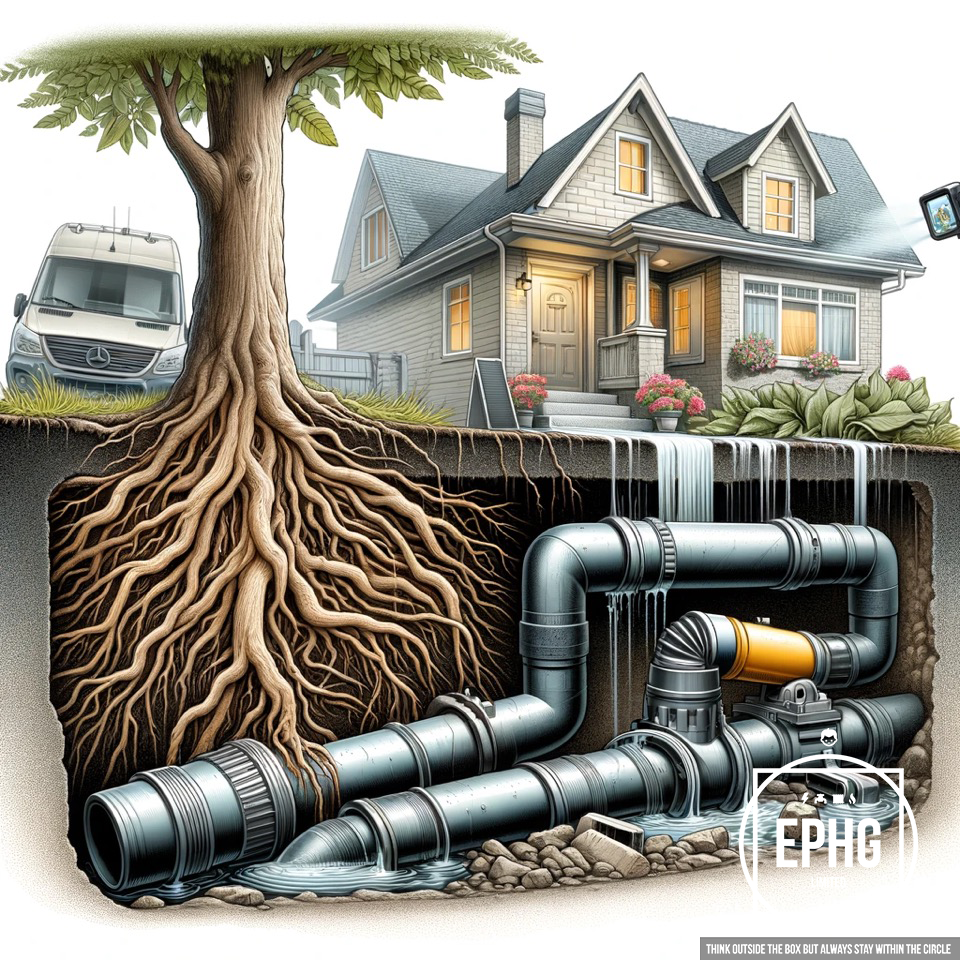
Battling the Underground Invaders: How to Deal with Tree Roots in Your Drains
as the natural routeThe tranquility of a lush, green garden is one of life's simple pleasures. However, beneath the serene surface, a silent assailant making route could be lurking, threatening the very foundation of your home's drainage system. Tree roots, in their relentless quest for moisture, can infiltrate your drains, causing significant damage. Understanding how to combat this issue is crucial, and this is where the expertise of emergency drainage engineers and advanced solutions like CCTV drain surveys become invaluable.
The Silent Intruders: Understanding Tree Root Invasion
Tree roots are naturally drawn to the moisture and nutrients found in sewer lines as the natural route. Small fissures or loose joints in the piping can emit vapor, attracting roots that eventually penetrate the pipes, leading to blockages, breaks, and extensive damage. Recognizing the signs of root intrusion early – such as slow draining, frequent backups, and gurgling sounds from your plumbing – is key to preventing severe damage.
The Role of Emergency Drainage Engineers
When faced with root-induced drainage issues, the swift response of emergency drainage engineers is crucial. These professionals are equipped with the skills and tools necessary to assess and address the problem effectively. Ignoring or delaying action can lead to more severe, costly, and inconvenient damage over time.
The Eye Beneath: CCTV Drain Surveys
One of the most effective tools in diagnosing and understanding the extent of root intrusion is a CCTV drain survey. This non-invasive method provides a clear, real-time view inside your drains, allowing engineers to accurately locate and assess the damage caused by tree roots. The detailed footage helps in planning the most effective repair strategy, minimizing guesswork and unnecessary excavation.
Eradicating the Invaders: Drain Repair and Root Removal
Once the problem areas are identified, targeted actions can be taken to remove the roots and repair the drains. Techniques vary from mechanical cutting to remove the roots from the pipes, to more advanced methods like relining the drain, which seals the pipes from further intrusion without the need for extensive digging. It's a tailored approach, dependent on the severity and location of the damage.
The Big Question: Should the Tree Stay or Go?
Deciding whether to remove a tree is a significant consideration. The decision largely depends on the tree's location, the extent of the damage, and the type of repair performed. In many cases, removing the tree might not be necessary, especially if non-invasive repair methods, like pipe relining, are used. However, in situations where the tree poses a continuous threat to the drainage system, or where extensive damage makes repair impractical, tree removal may be the recommended course of action.
Prevention: The Best Defense Against Root Invasion
Preventative measures can save a lot of time, money, and hassle. Regular drain inspections, particularly CCTV surveys, can catch issues before they escalate. Additionally, consider the location of trees when planting new ones and opt for species with less aggressive root systems. Regular maintenance, combined with professional advice from drainage engineers, can keep your system root-free and functioning correctly.
Conclusion
Tree roots in drains are a common but manageable problem. With the help of emergency drainage engineers and CCTV technology, the extent of root intrusion can be assessed, and appropriate repair methods can be applied. While removing the offending tree might not always be necessary, it's essential to address the root cause of the problem promptly to prevent further damage. Remember, like the saying goes, "the route to all roots" when it comes to drainage health, proactive measures and timely intervention are key to maintaining a clear and efficient system.


